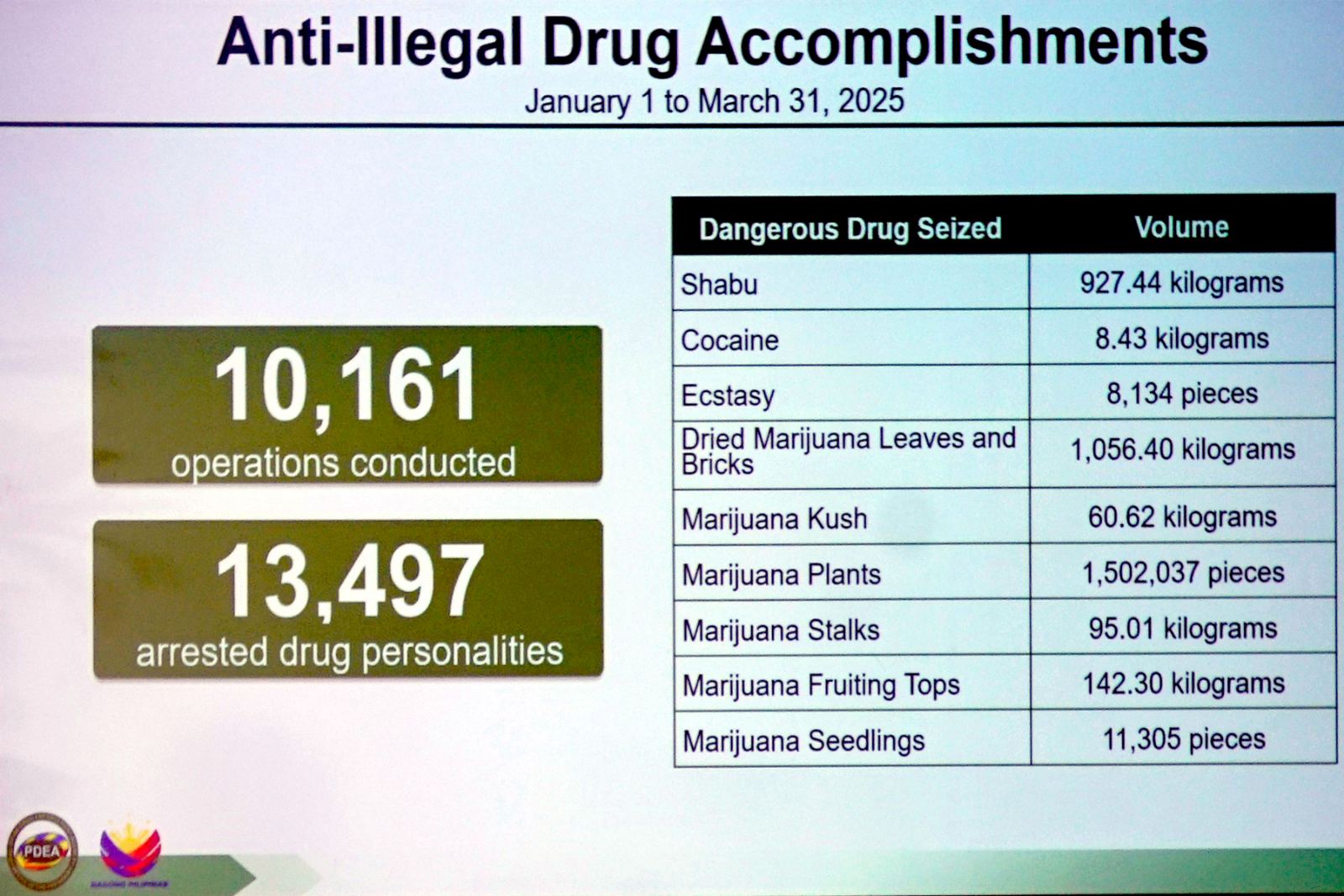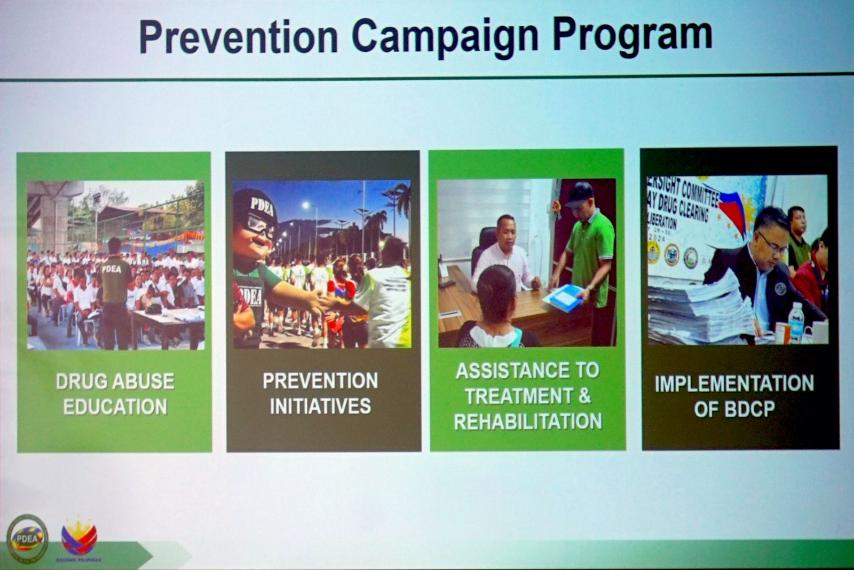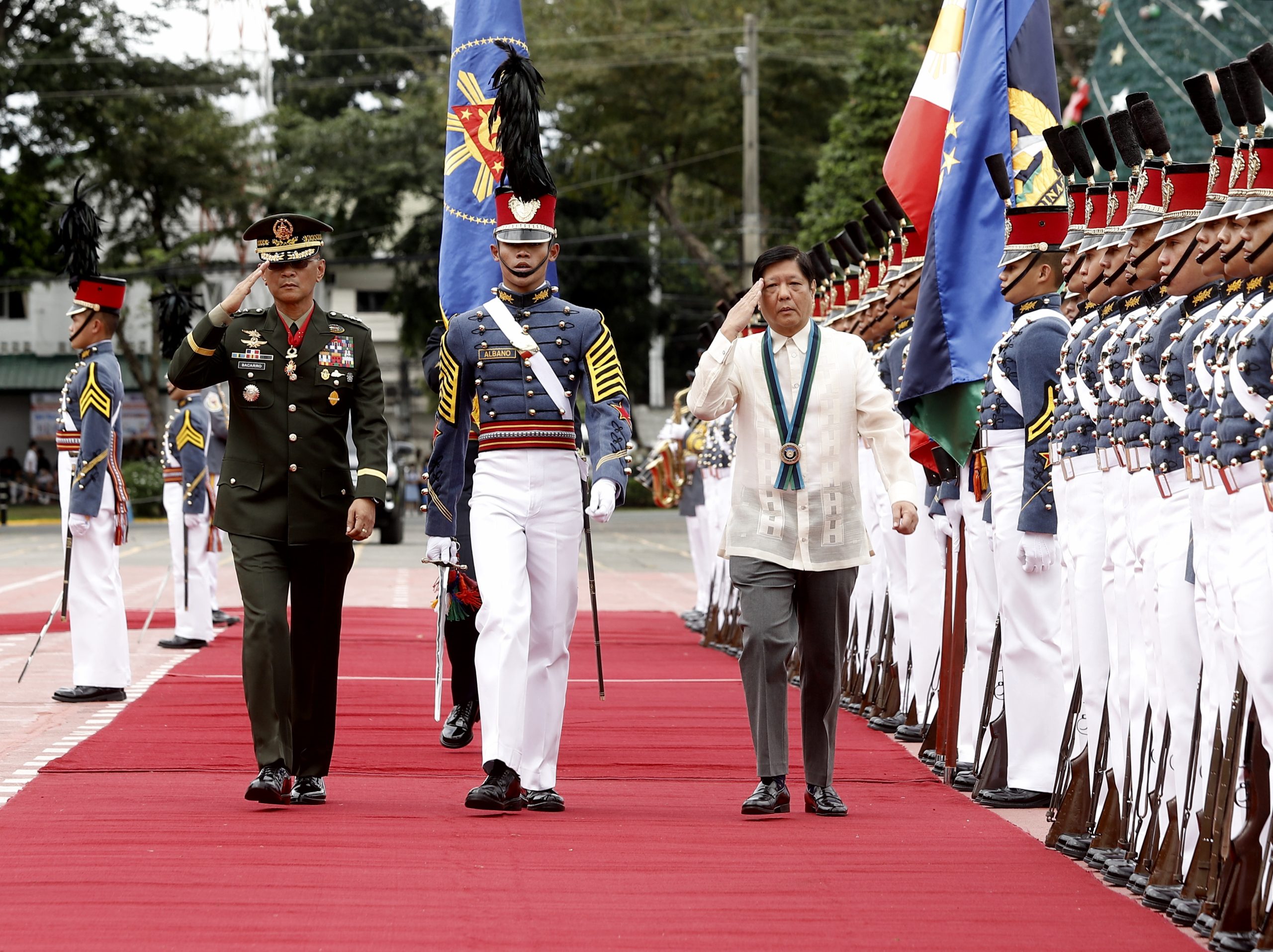
By Christopher Lloyd Caliwan | Philippine News Agency
The Philippine Drug Enforcement Agency (PDEA) said Friday law enforcers confiscated P6.9 billion worth of illegal drugs under the government’s relentless but humane anti-drug campaign in the first quarter of 2025.
PDEA Director General, Undersecretary Isagani Nerez, said PDEA and other law enforcement agencies conducted 10,161 anti-drug operations that resulted in the arrest of 13,497 persons from Jan. 1 to March 31.
He said the operations were in line with the Enhanced Philippine Anti-Illegal Drugs Strategy toward a “Bagong Pilipinas” under the administration of President Ferdinand R. Marcos Jr., focusing on a health-centered and human rights-based approach in fighting illegal drugs.

“In curbing the supply of illegal drugs in the streets, PDEA remains adherent to the rule of law and respect for human rights,” Nerez said in a press conference at the Philippine Information Agency in Quezon City.
“This approach not only involves government agencies but also calls for the active participation of the citizenry. PDEA is seeking the continued support of the public in building a healthier and safer nation that can effectively withstand the threats of the drug menace.”
In the past five years, law enforcement agencies conducted 183,149 anti-illegal drug operations that led to the arrest of 253,776 drug personalities.
These operations resulted in the seizure of 13.5 tons of shabu; 14.54 tons of dried marijuana leaves; 1,033 kilograms of marijuana (kush); 249,458 pieces of ecstasy pills; and 89.33 kg of cocaine.
Complementing the government’s supply reduction strategy are the demand reduction efforts being carried out by various government agencies focusing on preventive education, treatment, rehabilitation, and reintegration.

“The demand reduction pillar of the anti-illegal drug campaign is a vital component in making drug-resistant communities,” Nerez said.
He said the PDEA has strengthened its collaboration with partnerships with government agencies, particularly the Philippine Coast Guard and the Philippine National Police, as the primary source of illegal drugs remains outside the country.
In the country, Narez said, Metro Manila is still the top operational area of the drug syndicates, followed by Central Luzon, Calabarzon, Zamboanga Peninsula, and Bangsamoro Autonomous Region in Muslim Mindanao.
“In the NCR (National Capital Region), our target is the drug lords,” he said.
Among the PDEA’s drug prevention campaign activities are drug abuse education; prevention initiatives, including the drug-free workplace program; assistance to treatment, rehabilitation, and other interventions; and implementation of the Barangay Drug-Clearing Program (BDCP).
Of the 42,002 barangays in the country, 29,390 barangays have been declared cleared of illegal drugs under the BDCP program.
PDEA has also monitored individuals who have undergone intervention programs based on their modality and severity of drug use.
Under the BDCP program, 82,327 Persons Who Use Drugs (PWUDs) have gone through general interventions, while 332,415 PWUDs have undergone the community-based drug rehabilitation programs in the barangays.
A total of 3,295 PWUDs have gone through the recovery process in the drug treatment and rehabilitation centers across the country.

